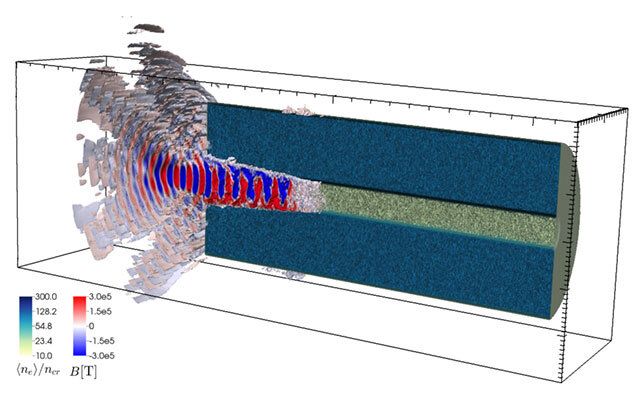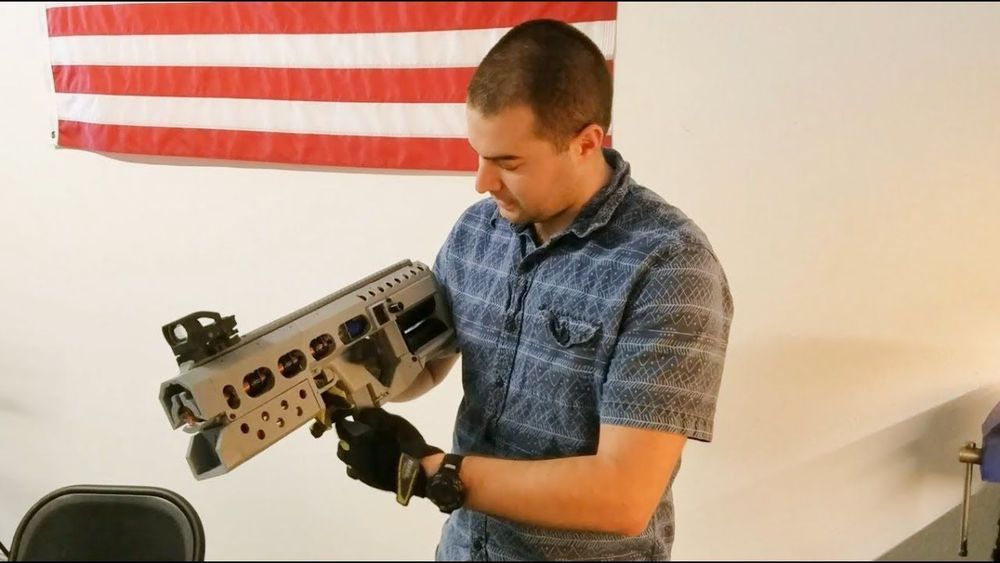Jun 23, 2019
Gorilla genome sequenced
Posted by Quinn Sena in categories: biotech/medical, evolution
The assembly of the gorilla genome was announced today, March 7, by a multi-national group of researchers. The gorilla is the last genus of the living great apes to have its genome decoded. While confirming that our closest relative is the chimpanzee, the team showed that much of the human genome more closely resembles the gorilla than it does the chimpanzee genome.
This is the first time scientists have been able to compare the genomes of all four living great apes: humans, chimpanzees, gorillas and orangutans. This study provides a new perspective on human origins and is an important resource for research into human evolution and biology, as well as for gorilla biology and conservation.
Researchers at the Wellcome Trust Sanger Institute in the United Kingdom lead the study, with contributions from several other institutions, including the University of Washington.



















